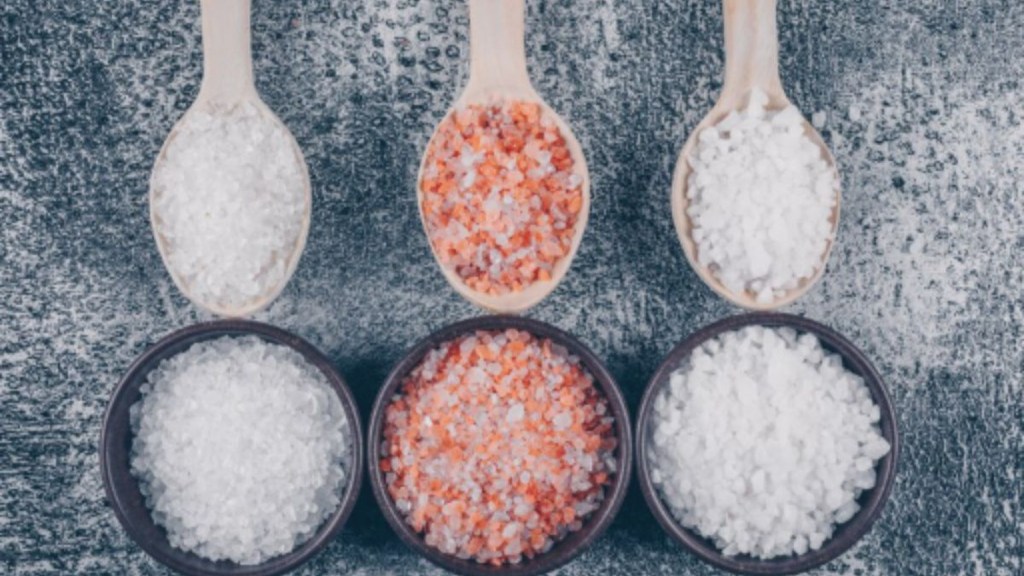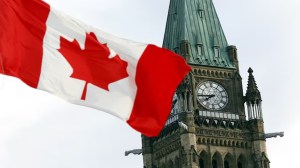For years, stress has been seen as the biggest villain behind rising cases of high blood pressure and heart disease in India. But a new study by the Indian Council of Medical Research (ICMR) is shifting the spotlight to something much more common, and is often overlooked in our kitchens: salt. According to scientists from ICMR’s National Institute of Epidemiology (NIE), India’s salt intake is much higher than recommended levels, and this excess is directly linked to a growing epidemic of hypertension, heart disease, stroke, and kidney disorders.
“Salt intake in India is much higher than recommended, and this excess is directly linked to rising cases of hypertension and cardiovascular diseases,” said Dr Sharan Murali, senior scientist at NIE and principal investigator of the new salt-reduction study.
Indians are eating nearly twice the safe limit
The World Health Organization (WHO) recommends consuming less than 5 grams of salt per day. But the study found that most Indians are eating far more than that. Urban Indians consume around 9.2 grams daily, and even in rural areas, the intake is about 5.6 grams—both above safe limits.
What’s more worrying is that it’s not just the salt we sprinkle on our meals. Processed foods like pickles, snacks, instant noodles, bread, and even biscuits are loaded with hidden salt. These “silent sources” of sodium add up quickly, pushing our daily intake higher without us realising it.
What is the solution? Low-sodium salt
One effective solution being promoted is the use of low-sodium salt substitutes. These replace part of the regular sodium chloride with potassium or magnesium salts, which are gentler on the heart.
“Reducing sodium, even a little, can make a big difference,” said Dr Murali. “Switching to low-sodium salt can reduce blood pressure by an average of 7/4 mmHg. That’s a small step with big health benefits.”
Testing salt reduction at the community level
To tackle this issue at the grassroots, ICMR-NIE has launched a three-year intervention project in Punjab and Telangana. The idea is to train community health workers at Health and Wellness Centres (HWCs) to educate people about lowering salt intake.
“We’re in the first year, collecting baseline data and developing locally relevant counselling materials,” said Dr Ganesh Kumar, senior scientist at NIE. “Our goal is to make the messaging simple and relatable.”
Low-sodium salt is hard to find
Despite its proven benefits, low-sodium salt isn’t easily available in the market. A survey of 300 retail outlets in Chennai showed that only 28 per cent stocked it. While over half of supermarkets had it, just 4 per cent of small grocery stores offered it.
Cost is another barrier. Low-sodium salt costs around Rs 5.60 per 100g—more than double the price of regular iodised salt, which is Rs 2.70 per 100g.
“Low demand and higher prices are signs that there’s very little awareness and poor access,” Dr Murali added.
ICMR launches awareness campaign
To increase public awareness, ICMR-NIE recently rolled out a social media campaign called #PinchForAChange. Through infographics and simple facts, the campaign highlights hidden sources of salt, promotes healthier alternatives, and encourages people to reduce their intake—one pinch at a time.
“If this project works, it could become a model for adding nutrition counselling into India’s public health system,” said Dr Murali. “It’s not just about reducing salt. It’s about restoring balance to our diets, our health systems, and our hearts.”
In a country where stress is often blamed for heart problems, it’s time we look at what’s on our plates, too. Because reducing salt might just be the missing piece in protecting our hearts.








